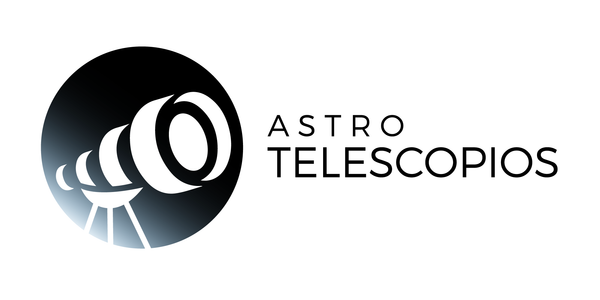
Can You Observe Asteroid 2024 YR4 From Home With A Telescope?
Observing small asteroids like 2024 YR4 is a challenge for amateur astronomers due to its size and brightness. However, with the right equipment and optimal conditions, it is possible to attempt it if the asteroid reaches the right magnitude.
Asteroid 2024 YR4
2024 YR4 is a near-Earth asteroid, discovered on December 27, 2024 by the ATLAS system in Chile. It has an estimated diameter between 40 and 90 meters and belongs to the Apollo group of asteroids, characterized by orbits that cross that of the Earth. Currently, it has been assigned a level 3 on the Torino scale , indicating a 2.3% probability of impact (Data updated on 02/07/2025) for December 22, 2032.
Observation of small asteroids with amateur telescopes
Observing small asteroids requires considering several factors:
- Brightness (Apparent Magnitude): 2024 YR4 has a magnitude of 23 (as of February 3, 2025), making it extremely faint and difficult to observe without advanced equipment.
- Telescope size: For detecting objects with magnitudes greater than +12 or +13, telescopes with apertures of at least 8 to 10 inches (200-250 mm) are recommended. For magnitudes such as 2024 YR4, even larger telescopes would be required, generally available only at professional observatories.
- Sky conditions: Dark skies, free from light pollution, and stable atmospheric conditions are essential. The presence of the Moon can make observing faint objects difficult, so it is preferable to observe during favorable lunar phases.
- Location tools: Using up-to-date astronomical software, such as Stellarium or SkySafari, can help determine the asteroid's exact position in the sky at any given time.
Other small asteroids at risk of collision
In addition to 2024 YR4, there are other asteroids of similar size that have been monitored for their potential impact risk:
- Apophis (99942 Apophis): Discovered in 2004, a significant impact probability was initially estimated for 2029. Subsequent observations have ruled out this possibility for that date, but the planet continues to be monitored for future close approaches.
- 2024 YR4: With a 2.3% probability of impact in December 2032 (data updated on February 7, 2025), this asteroid has led space agencies to activate planetary defense protocols and closely monitor its trajectory.
Although observing small asteroids like 2024 YR4 is challenging for amateur astronomers due to their weak brightness and the need for advanced equipment, the global scientific community remains vigilant and monitors these objects to assess and mitigate potential future impact risks.
You can find out more about asteroid 2024 YR4 on the European Space Agency website: https://neo.ssa.esa.int/search-for-asteroids?sum=1&des=2024YR4


